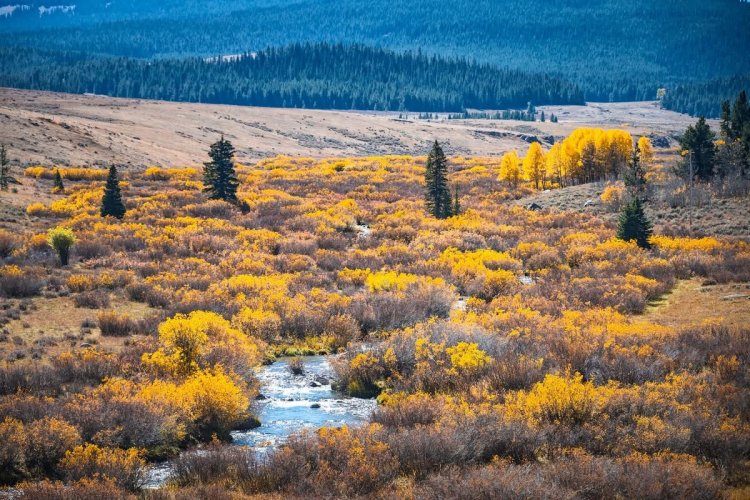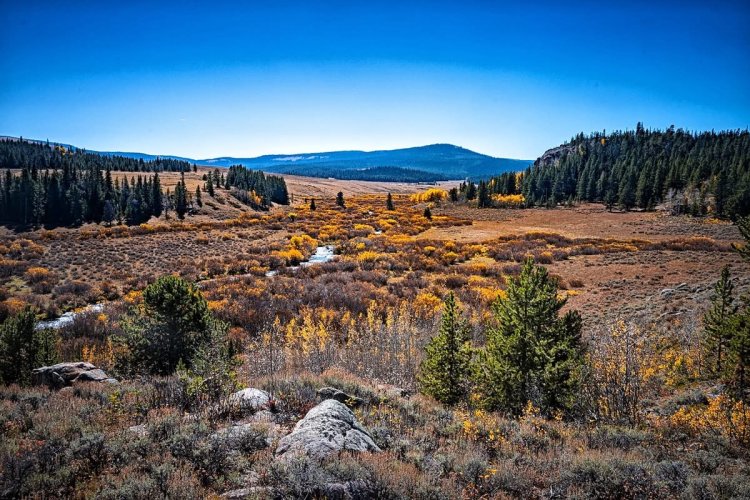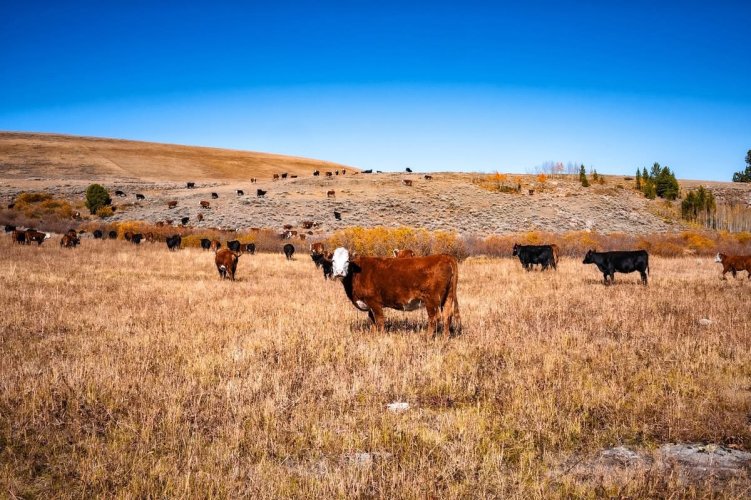birdseye
Active member
ANTLERRADAR, you must of missed my earlier reply to you (regarding N. Tongue drainage):I was thinking the same thing. I was in the Lamar back in mid July. It looked bad then. Here is a google earth shot of the Lamar. Notice the difference between the Lamar and the North fork of the Tongue. The Tongue looks fantastic compared to Lamar. There is little to no vegetation on the banks of the Lamar and the stream bank damage looks extensive. The Lamar has been pounded by Bison and elk for decades and it shows.
I just pulled up same GE image. at very bottom it states "Imagery Date: 9/17/2023"
That's a 2 year old aerial. We're talking about today, 10-1-2025
not your fault, we all assume that Google Earth images are current, but not so. I've seen images 5+ yr old
Believe me, if there's some current aerial image of the N. Tongue, it would look nothing like the 9/17/2023 shot








